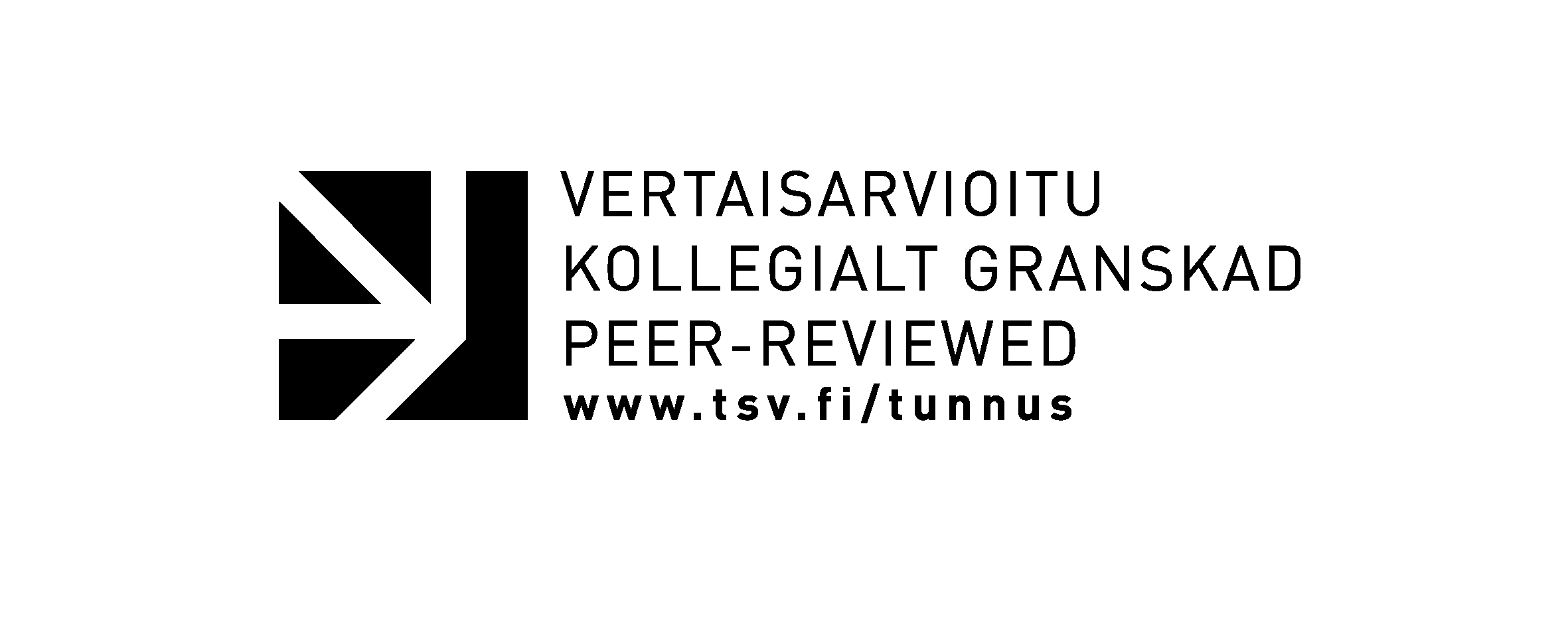Hope beyond Hope
Farming One’s Way into a Better Today
DOI:
https://doi.org/10.23991/ef.v50i2.125134Keywords:
hope as action, diversified farming, regenerative orientation, regenerative agriculture, intergenerational landscapes, false hope, ethnographyAbstract
Hope for a better future has become a survival strategy within contemporary Western societies that are drifting through polycrises. The concept of hope evokes future orientedness, suggests positive emotions and creates spaces for dreaming. But what if, instead of hope, it is hopelessness that moves people to strive for living a better life and leads to, in the words of Macy and Johnstone, the great turning? In this article, I draw on my ethnographic fieldwork to bring forth journeys of regeneratively oriented farmers who (have started to) build a radically different life by pursuing livelihoods through diversified small-scale farming. By analysing how hope is manifested in the work and everyday lives of the farmers, I introduce an understanding of hope as action and show how hope in the context of the studied farming practices materialized through cultivating the lands, inspiring others, and reciprocating the hope of other species. I argue that conceptualizing hope as action suggests a different kind of temporality, one that is (literally) grounded in intergenerational farming landscapes: hope as action brings into play both the hope(s) and the hopelessness(es) of the past that impacts the actions of the present and of the future that orients the actions of today. As farmers and (their) soils are being rapidly mobilized into vessels of hope for their potential to sequester atmospheric carbon, understanding the kind of action hope invokes (or doesn’t) is important to better understand whose hopes are being mobilized through regenerative agriculture and how and why these hopes are mobilized.

Downloads
Published
Issue
Section
License
Copyright (c) 2023 Galina Kallio

This work is licensed under a Creative Commons Attribution-NonCommercial 4.0 International License.







